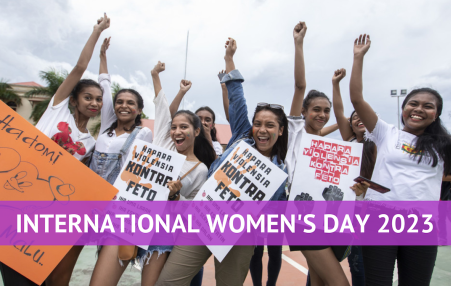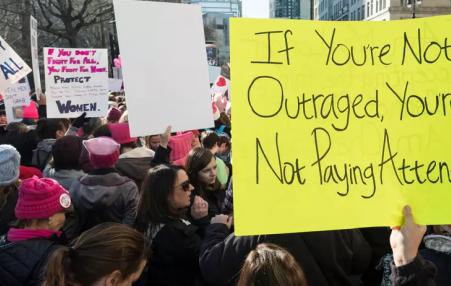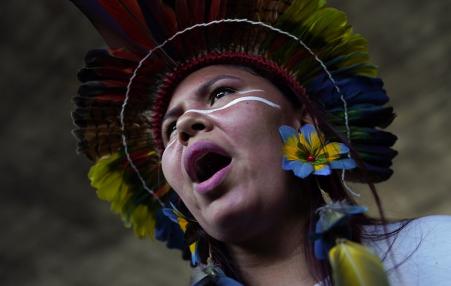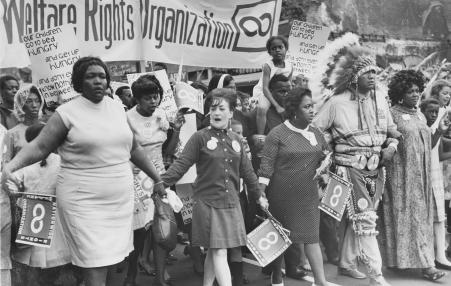Sunday Science: My Errant Uterus
Sapiens.org
Why It Feels Like the 1850s
The American Prospect
Architect of Texas Abortion Ban Takes Aim at LGBTQ+ Rights While Urging Reversal of Roe
Common Dreams
labor
Women Lead, Resist and Thrive – Even in the Midst of Crises
Equal Times
No Scrubs
Jacobin
Forgotten Feminisms: Johnnie Tillmon’s Battle Against ‘The Man’
The New York Review of Books











Spread the word